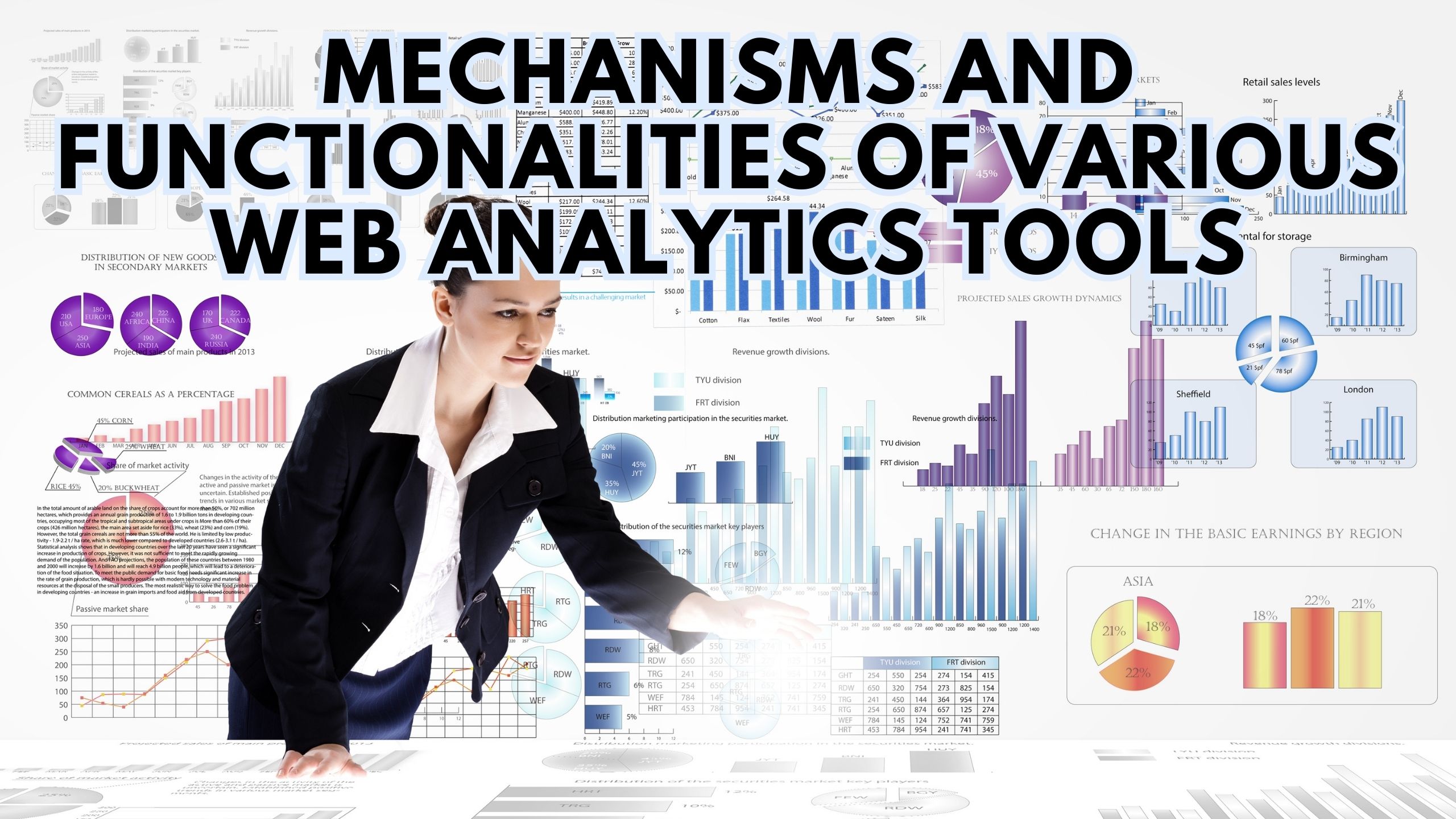Mechanisms and Functionalities of Various Web Analytics Tools
- Data as a Service (DaaS) Software Marketing & Analytics


Mechanisms and Functionalities of Various Web Analytics Tools
Delve into the intricate world of web analytics tools as we unravel the mechanisms and functionalities that power these indispensable instruments. From decoding user behavior to optimizing online strategies, explore the core functionalities that make web analytics tools a linchpin in the digital landscape.
Deciphering the Essence of Web Analytics
Web analytics tools are instrumental in deciphering the nuances of user interaction with a website. By employing a range of tracking mechanisms and analytics algorithms, these tools provide businesses with actionable insights to enhance user experience, boost conversions, and drive strategic decision-making.
Unveiling the Magic: A Glimpse into Web Analytics Tools
Discover the diverse landscape of web analytics tools, each wielding its unique set of functionalities to empower businesses in navigating the digital realm.
1. Google Analytics: The Foundation of Insights
As the cornerstone of web analytics, Google Analytics provides a robust platform for understanding user behavior, traffic sources, and conversion rates. Its comprehensive suite of features equips businesses with invaluable insights for strategic optimization.
2. Mixpanel: Unraveling User Engagement
Mixpanel focuses on user engagement analytics, allowing businesses to delve deep into the intricacies of user interactions. By emphasizing engagement over page views, it provides a nuanced understanding of user behavior.
3. Hotjar: Visualizing User Experience
Hotjar complements traditional analytics by offering visual insights into user interactions. Through heatmaps and session recordings, businesses gain a tangible representation of how users engage with their websites, facilitating data-driven improvements.
4. Matomo: Emphasizing Data Privacy
Matomo, an open-source analytics platform, stands out for its commitment to user privacy. By providing businesses with full ownership and control of their analytics data, it aligns with the growing emphasis on data security and compliance.
5. Crazy Egg: Enhancing Visual Analytics
Crazy Egg specializes in visual analytics, employing tools like heatmaps and scrollmaps to illustrate user behavior. By translating complex data into intuitive visuals, it enables businesses to make informed decisions to optimize their web presence.
Conclusion
In the ever-evolving digital landscape, web analytics tools stand as sentinels, decoding the language of user behavior and guiding businesses towards informed decisions. Embrace the power of analytics to not only understand your audience but to strategically elevate your digital presence.
Elevate Your Analytics Game with Subscribed.fyi!
Ready to amplify your web analytics capabilities? Join Subscribed.fyi for free and unlock exclusive deals on a variety of SaaS tools. Seamlessly manage your subscriptions and supercharge your analytics game.





